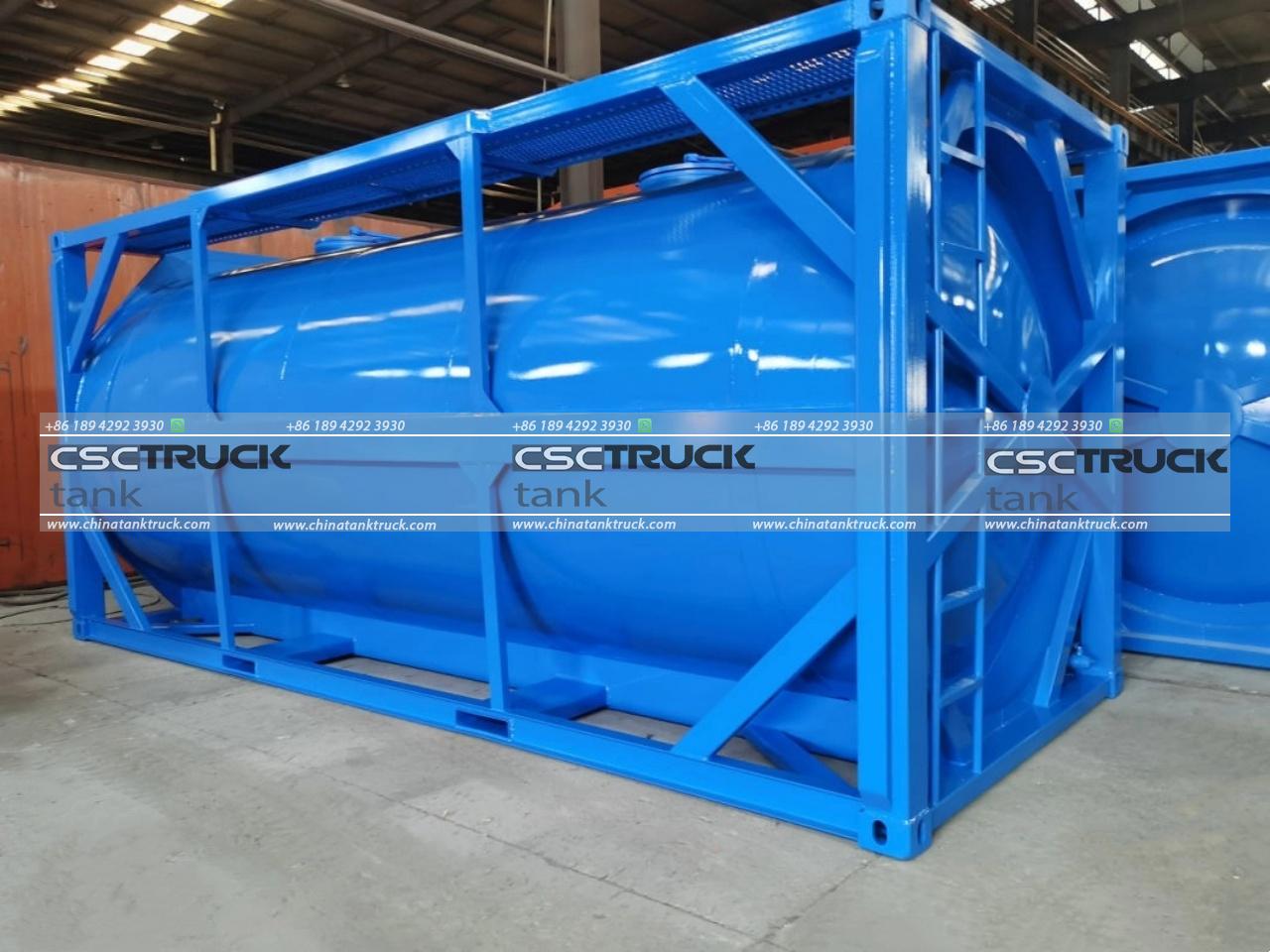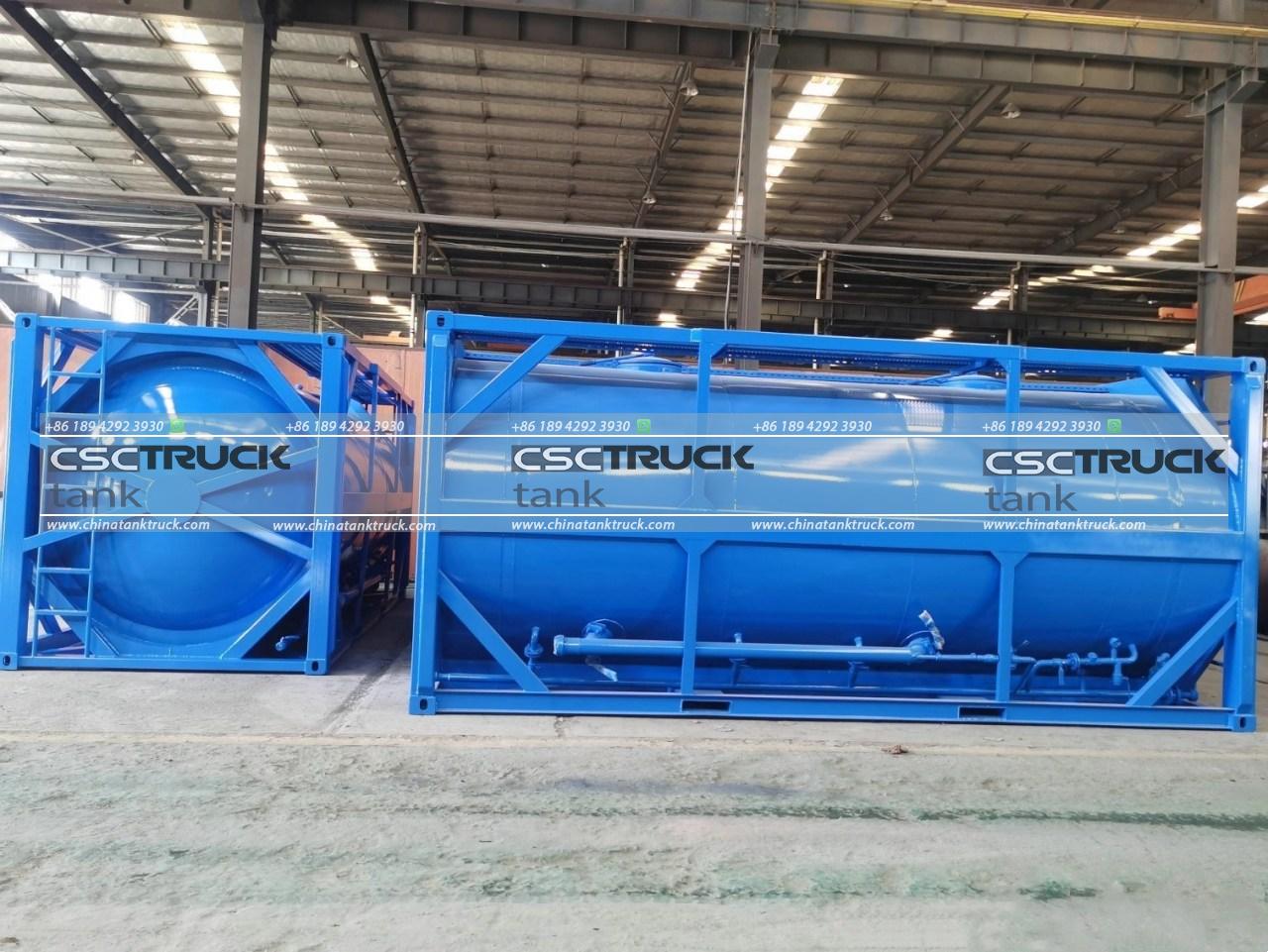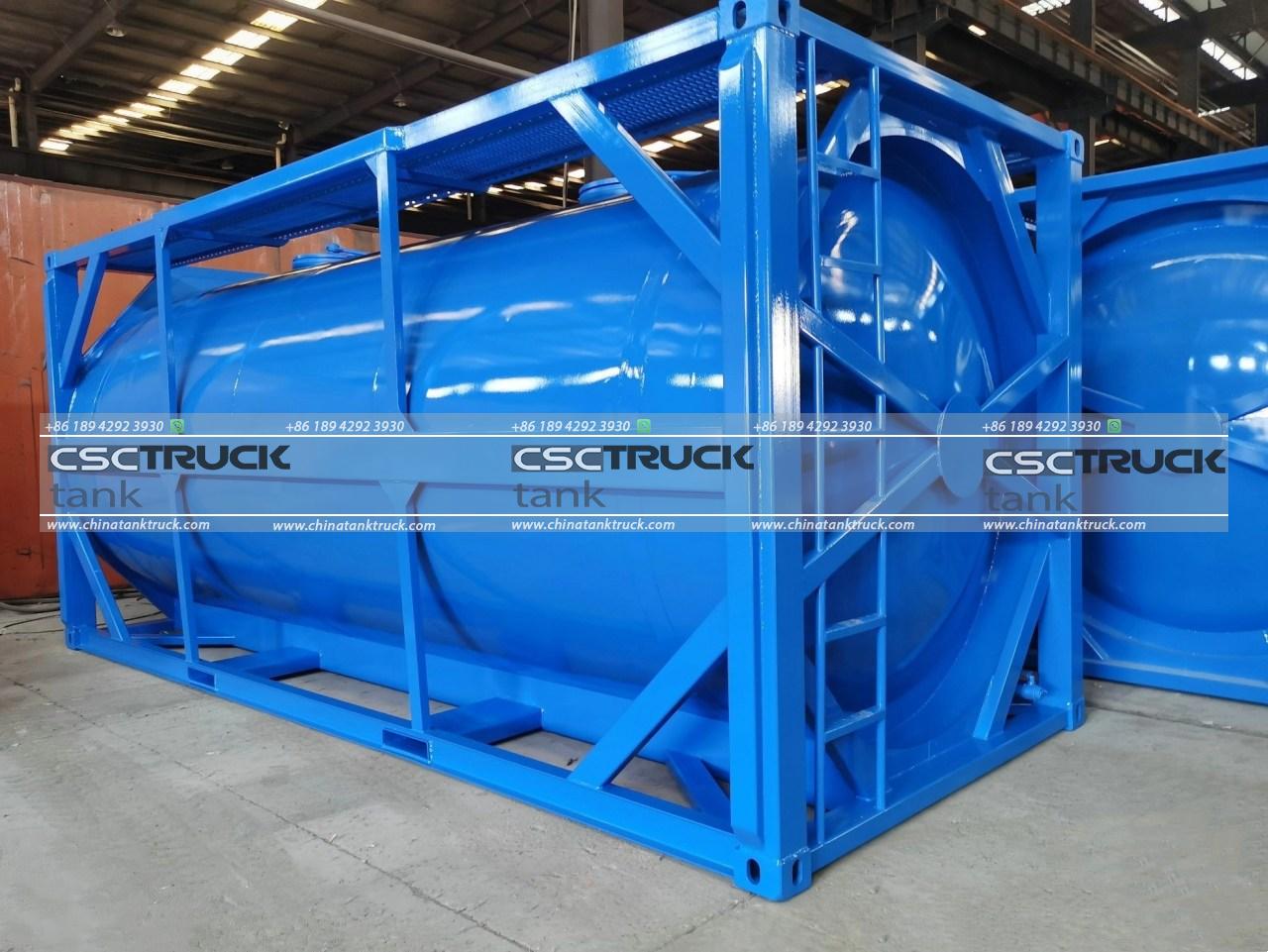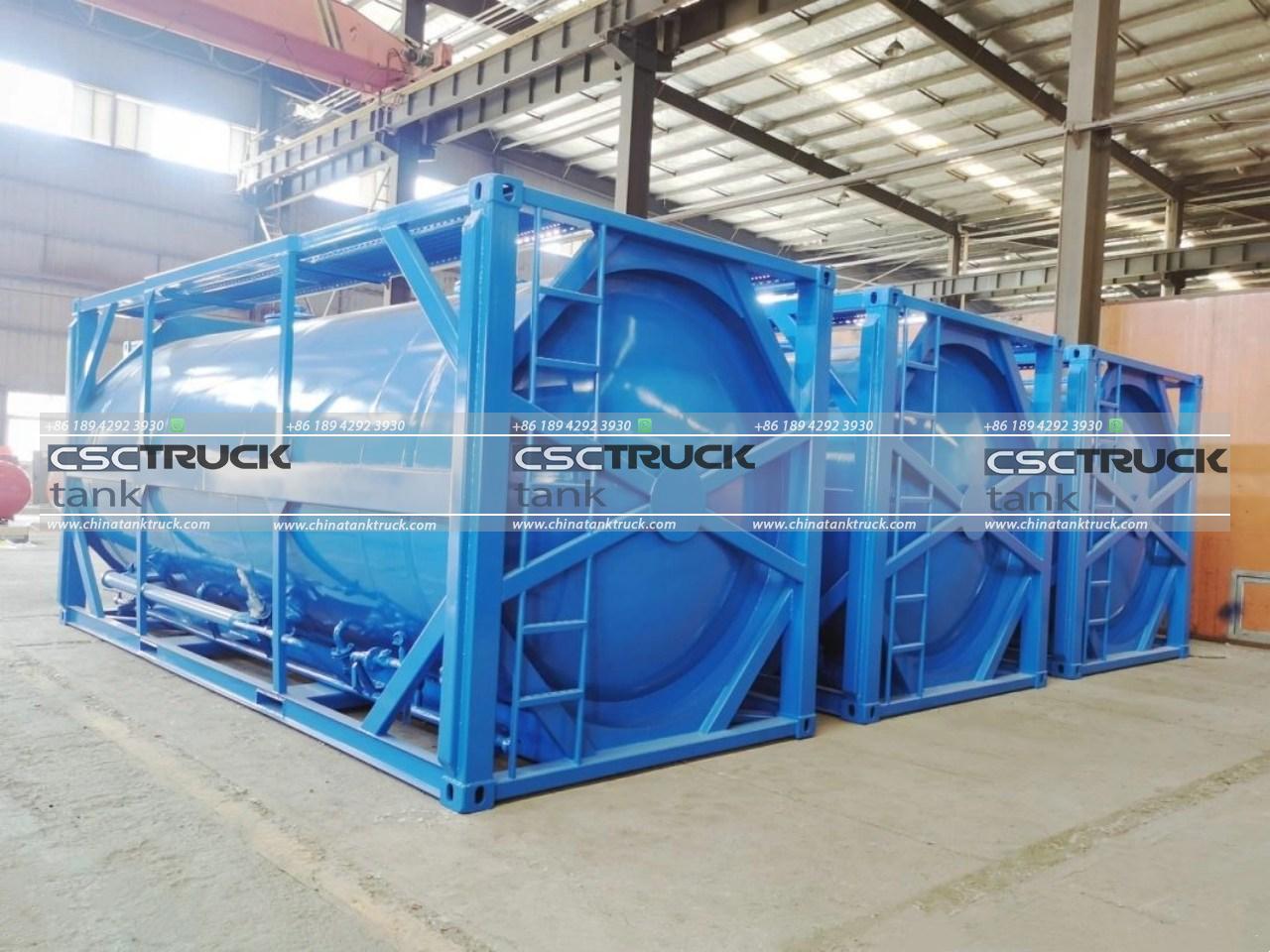What is the Weight Limit for ISO Tank?
ISO tanks, also known as ISO tank containers, are specially designed containers used for transporting liquids, gases, and other materials. They adhere to the International Organization for Standardization (ISO) standards, making them compatible with various modes of transportation, including ships, trucks, and trains. One of the crucial aspects of using ISO tanks is understanding their weight limits, which can impact shipping logistics, safety, and compliance with regulations. In this article, we will explore the weight limits of ISO tanks, factors affecting these limits, and implications for transportation.
Understanding ISO Tanks
ISO tanks are typically constructed from stainless steel and are encased in a protective framework. The standard ISO tank dimensions are 20 feet in length, 8 feet in width, and 8.5 feet in height. They are designed to carry bulk liquids, such as chemicals, food products, and hazardous materials. The tank’s structure includes various features to ensure safe and efficient loading, unloading, and transportation.

Design Specifications
An ISO tank consists of several key components:
1. Tank Body: The tank itself is the main component where the cargo is stored. It is built to withstand high pressures and has various insulation and heating options for temperature-sensitive materials.
2. Framework: The tank is mounted on a frame that meets ISO standards, providing structural integrity and ease of handling during loading and unloading.
3. Valves and Fittings: ISO tanks are equipped with various valves and fittings for cargo loading and unloading, as well as pressure relief systems to maintain safety.
Weight Specifications
The weight limits of an ISO tank are primarily determined by its design specifications, materials, and intended use. Understanding these limits is essential for safe and effective transport.

Maximum Gross Weight (MGW)
The Maximum Gross Weight (MGW) refers to the total weight of the ISO tank, including the tank itself and its contents. The MGW is typically around 30,480 kilograms (67,200 pounds) for standard ISO tanks, but this can vary depending on the tank’s specific design and manufacturer.
Tare Weight
The tare weight is the weight of the ISO tank when empty. A standard ISO tank generally has a tare weight of approximately 2,200 to 3,000 kilograms (4,850 to 6,600 pounds). The tare weight is crucial when calculating how much cargo can be loaded into the tank while adhering to the MGW.

Payload Capacity
The payload capacity is the maximum weight of the cargo that can be loaded into the ISO tank. This is calculated by subtracting the tare weight from the MGW. For example, if an ISO tank has a tare weight of 2,500 kilograms and an MGW of 30,480 kilograms, the maximum payload capacity would be 27,980 kilograms (61,600 pounds).
Factors Affecting Weight Limits
Several factors influence the weight limits of ISO tanks, including:
1. Type of Cargo
The nature of the cargo being transported can affect the choice of ISO tank and its weight limits. For example, hazardous materials may require specially designed tanks that adhere to stricter regulations, potentially affecting their weight limits.
2. Regulations and Compliance
Different countries have specific regulations governing the transportation of bulk liquids and gases. Compliance with these regulations can impose additional weight restrictions, ensuring safety and environmental protection.
3. Transportation Mode
The mode of transport—whether by road, rail, or sea—can also influence weight limits. For instance, trucks have specific weight restrictions based on axle configurations and local laws, which can affect how much weight can be loaded into an ISO tank.
4. Container Design and Materials
The design and materials used in constructing an ISO tank can impact its weight capacity. Tanks made from lighter materials may allow for more payload but could also have different durability and safety characteristics.
Implications of Weight Limits
Understanding the weight limits of ISO tanks has significant implications for logistics, safety, and compliance.
1. Cost Efficiency
Maximizing the payload while adhering to weight limits can improve cost efficiency in transportation. Companies can save on shipping costs by ensuring that they are utilizing the full capacity of their ISO tanks without exceeding weight restrictions.
2. Safety Considerations
Exceeding the weight limit of an ISO tank can pose serious safety risks, including structural failure of the tank or issues during transportation, such as vehicle instability. Adhering to weight limits is essential to ensure the safety of personnel and the environment.
3. Regulatory Compliance
Failure to comply with weight limits can result in fines, penalties, and legal issues. Companies must stay informed about local and international regulations to avoid costly violations.
4. Operational Efficiency
Properly understanding weight limits can enhance operational efficiency. Companies can streamline loading and unloading processes, optimize transportation routes, and improve scheduling, leading to better overall performance.

Conclusion
In summary, the weight limits for ISO tanks are determined by various factors, including the Maximum Gross Weight, tare weight, and payload capacity. Understanding these limits is crucial for the safe and efficient transportation of liquids and gases. Companies must consider the type of cargo, regulations, transportation mode, and design specifications when managing ISO tank logistics. By adhering to weight limits, businesses can enhance cost efficiency, ensure safety, and maintain compliance with regulations, ultimately leading to a more effective supply chain.

